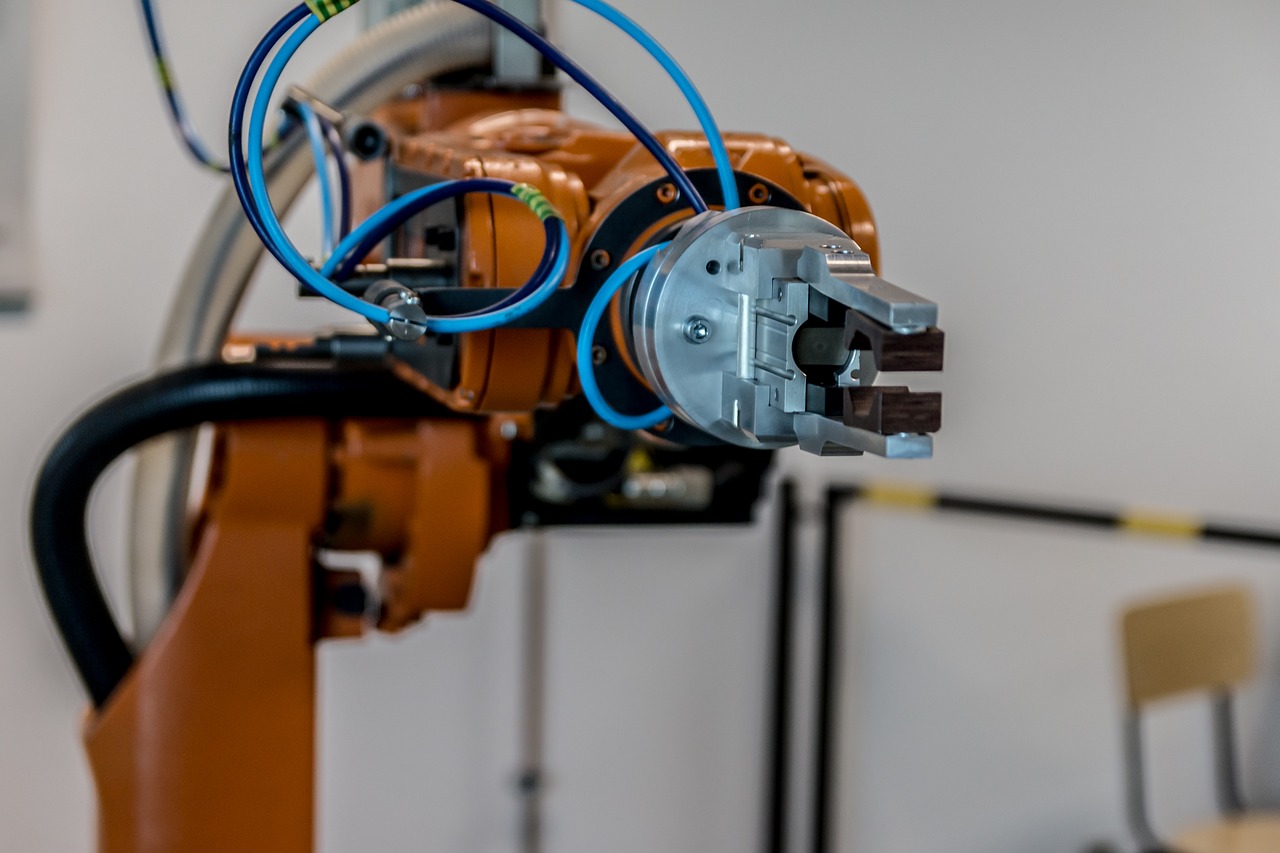The rotary encoder is a very sensitive measuring device, which allows you to measure and control speed in the form of angular position. The input shaft moves through an adjustable angle, such as 180° or 360°, and each time it does so the output shaft sets a number in relation to the input shaft. This number indicates how many degrees away from this reference point is your selected value.
A common use for these devices is in gearboxes to transmit torque through clutches and gears. They can also be used with pulleys in place of linear position sensors for closed-loop feedback systems.
The device consists of a small drum containing a series of slotted or etched teeth. This rotates with the shaft being measured, and each tooth is given a code as it passes a sensor. The output from this sensor controls the position of the rotor in relation to the input shaft and generates an electrical analog signal, which can then be electronically converted into a number proportional to that angle.
The advantage of using rotary encoders over potentiometers is that they do not need to be calibrated, as they are self-calibrating. Potentiometers need to be properly calibrated before use by connecting them to known values and adjusting them until you see a linear relationship between voltage or current and angle.
Types of Rotary Encoder
There are two basic types of rotary encoder: Compact and Analog. The former is smaller and easier to integrate into printed circuit boards, while the latter is more common, and requires the use of a digital drive (microcontroller) to make it work properly.
Compact instruments consist of a rotating shaft and multiple, fixed teeth (for precise angular measurements) engraved or etched on a small disc. This can be mounted in a socket, or it can be rotated at the same speed as the control shaft. The rotary encoder output signal consists of an electrical pulse each time the tooth passes by the sensor. The pulse width and polarity indicate the direction and angle of rotation. These instruments can produce an output signal that counts through 360 degrees in increments that can be controlled by the user.
Other devices, such as incremental encoders created by interposing multiple sets of teeth between the sensor and the shaft, can be used to measure more than one revolution of the input shaft per single revolution of the output shaft. A common use for this arrangement is converting a two-phase wobble signal to a one-phase pulse train. Another common application is in position control systems which need to measure up/down and side/side position simultaneously.
Analog rotary encoders are normally installed in the pulley of the pulley-belt transmission system. The controller can monitor the torque of the motor through this device.
Some devices are more complex, containing multiple sensors on different towers, which allow for measurements to be taken at different points along the shaft being measured. This allows for some very detailed information to be read off of a single device without needing to have multiple sensors placed at specific points on a machine.
What is Rotary Encoder used for?
Due to their high precision and common uses in thousands of commercial applications, rotary encoders are referred to as one of the most important sensing devices used today. They are used in a variety of mechanical and hydraulic systems for control purposes.
In many cases, a rotary encoder is used in place of a switch to detect a closed-loop position feedback system. The encoder can be utilized in applications where the switching speed is too slow or too fast for the signal to travel from the encoder to an electronics unit or computer system. With a closed-loop position feedback system, digital signals can be generated from rotary encoders so that there will be no generation of erroneous signals. In this application, the output pulses from each sensor pass through an electronic circuit which converts them into digital signals being sent to the computer system. They are able to measure the position of the machine.
Another common use for rotary encoders is in transmission systems that enable you to control a motor. In this way, the rotary encoder has a mechanical interface to a driving device, which is linked to an electronic system. The encoder controls the speed and direction of a motor for accurate control over mechanical systems. To monitor or adjust these systems, you can use a laptop or other terminal connected via a serial line or USB port.
Rotary encoders utilize no moving parts and are resistant to wear from friction from the shaft being measured.







